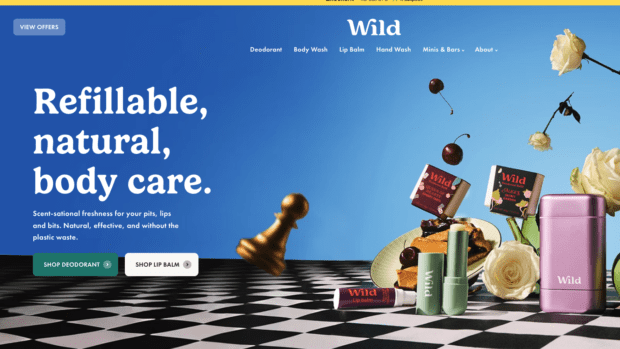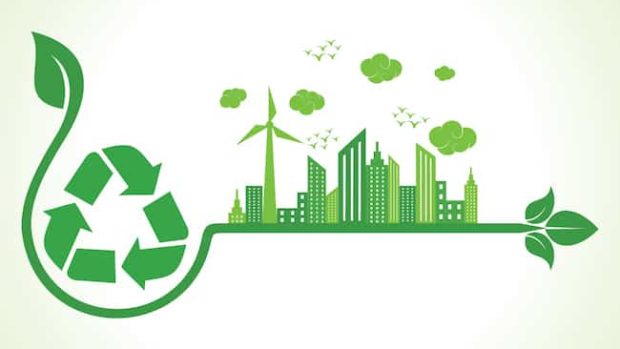Businesses must adopt circular economy models to meet consumer demands and mitigate future supply chain risk. As consumers become more discerning and more demanding of businesses to be responsible, they’re pivoting towards companies that engage in circular practices. According to the latest Capgemini Research Institute report, Circular economy for a sustainable future: How organisations can empower consumers and transition to a circular economy, more than seven in ten consumers want to adopt circular practices, such as reducing overall consumption (54 per cent), purchasing more durable products (72 per cent), and maintaining and repairing products to increase product life (70 per cent).
In contrast to the ‘take-make-waste’ linear model, a circular economy is regenerative and aims to gradually decouple growth from the consumption of finite resources. For consumers this means buying durable products that are recyclable or made with recycled materials; keeping them in use for a long time through effective maintenance and repair, or ensuring responsible end-of-life actions so that little to no waste is generated. For businesses, this includes developing products and business models that eliminate waste by design, reducing the use of raw materials, and planning for return/recovery of products and packaging, among other actions.
Consumer demand for circularity
Driven by awareness of and concern about issues of waste and resource depletion, consumer desire to adopt mindful consumption practices is growing. However, nearly 50 per cent of consumers believe that organisations are not doing enough to recycle, reuse, and reduce waste across sectors, and 67 per cent expect organisations to be responsible when advertising products and to not encourage excess consumption.
Past reports from Capgemini show that organizations are failing to take bold action on their circular economy practices. In that context, consumers are increasingly shifting their spending towards companies that practice circularity. This is especially true in areas where consumer awareness is highest, such as food and plastic waste. For instance, 44 per cent of consumers have increased their spending in the last 12 months on food and beverage companies that focus on recycling, reuse, and reducing waste, and 40 per cent have done so for personal and household care products.
As consumer interest in sustainability further translates into action, organizations must increase focus and investment in circular practices within the design of their products.
Breaking down barriers to circularity: shifting focus from just the post-use phase
Consumers are currently constrained due to issues of convenience, access, and cost. Three in five (60 per cent) cite a lack of sufficient information (on origin, recyclability, recycled content, etc.) in product labelling as a reason for not taking positive circular actions. 55 per cent say expense is a barrier to repairing products, and over half (53 per cent) cite not wanting to compromise on convenience. This is an inevitable result of the eCommerce boom of the last 10 years, which has instilled a great desire and expectation for convenience and low-cost through major retailers that offer next-day or even same-day delivery services.
Although there are regulatory efforts such as the EU’s ‘right to repair’ initiative to extend product lifespan, it is also incumbent on businesses to break down barriers. Currently, consumers’ circular approaches are primarily focused on the post-use phase. For instance, 58 per cent of consumers say they segregate and dispose food waste post-use, but only 41 per cent of consumers shared that they buy food that uses minimal packaging, potentially also pointing to choices that are actually made available to consumers. Responsible disposal is a key to the circular economy, but more needs to be done to ensure waste is not created in the first place.
“The circular economy is the key to sustainable growth. As of now, consumers already make greener decisions, but they can choose only from what is offered to them: industrial organizations need to bake-in a green life cycle,” comments Roshan Gya, managing director, Intelligent Industry at Capgemini Invent. “The winners will be those who will secure a deep transformation in 3 areas: minimizing the impact of their existing products and services, developing the products of tomorrow that will embrace circularity principles by design, and reinventing their operations that include new sustainable business models. These companies will be the new leaders of tomorrow on their markets with a strong consumer relationship and loyalty. In a sustainable journey, circular economy is an investment today for how we should do business in the future.”
The report identified some critical actions for businesses to implement circular economy initiatives:
- Embrace circular design principles
- Radically rethink business models
- Rethink value chains to ‘close the loop’
- Enable consumer adoption of circular practices
- Establish organisational enablers to support the transition towards greater circularity
- Use emerging technologies to further circular economy strategy
- Collaborate to accelerate progress








Share